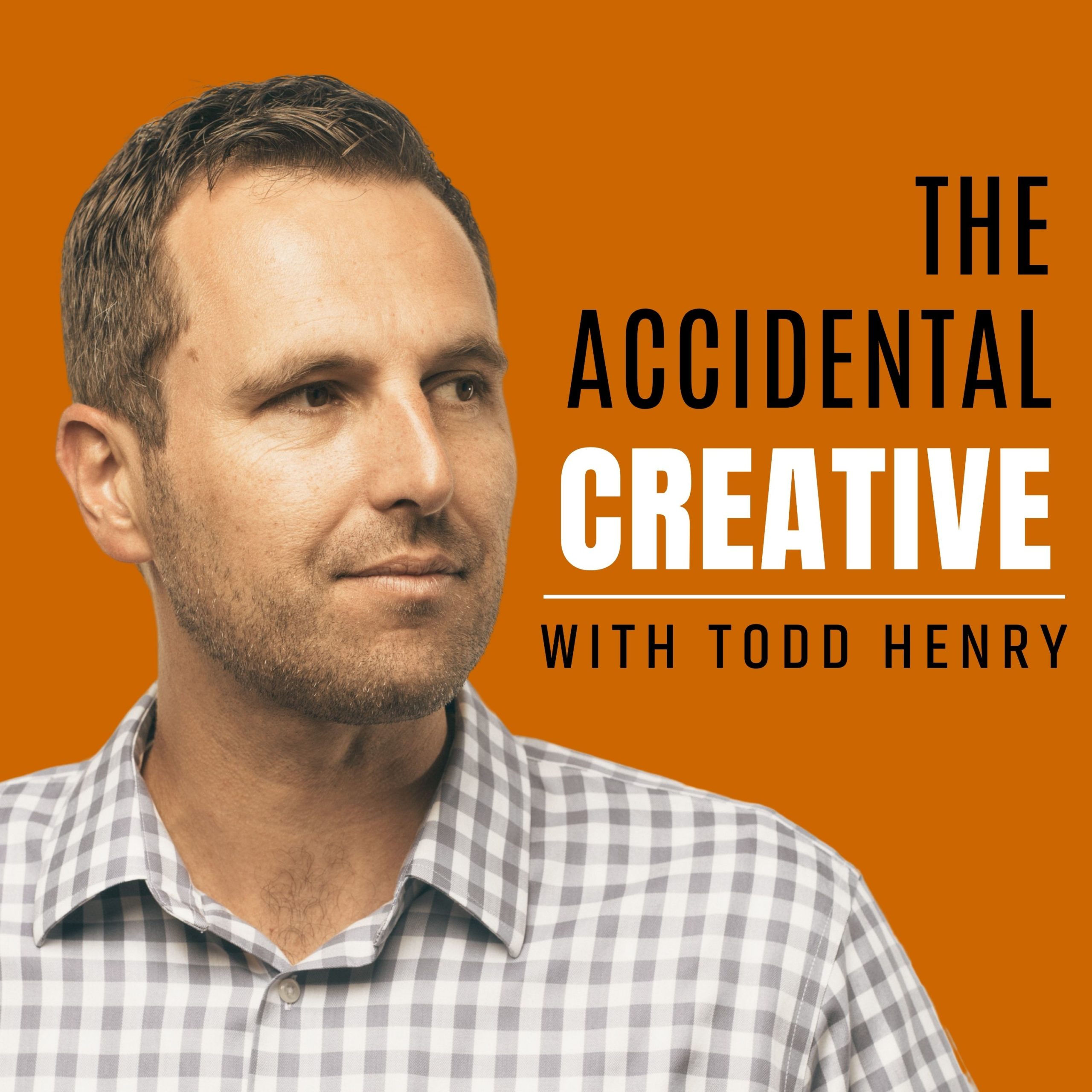
What makes someone a standout in their field? Is it remarkable talent, or an extra measure of brilliance? Is it a potent combination of luck and incredible hard work?
Yes, of course. And also, no.
It’s possible to produce stellar work and still go unrecognized. You can do work that’s on par with the best in your field and fail to achieve the impact and resonance you know you’re capable of.
The ugly truth is that great work isn’t enough. No one tells you this early in your career; It’s something you learn over time. Cream doesn’t automatically rise to the top, and we don’t live in a meritocracy. If you want your idea to be heard, you have to go the extra mile to ensure that it’s framed to resonate with the right audience.
Sound like a lot of hard work? Of course it is. That’s why many people don’t make the effort, and their ideas fall flat. They assume that a great idea, once introduced into their organization, to a client, or to their audience, will naturally change the conversation. However, ideas are often the easy part. The hard work isn’t having the idea, it’s shaping your idea so that it can actually be adopted and acted upon.
In [amazon_link id=”1591847524″ target=”_blank” ]Louder Than Words[/amazon_link] I shared many strategies used by standouts to make their ideas resonate. Here are a few I’d challenge you to consider:
Know and utilize the through-line
With all of the discussion about the importance of knowing the “why” behind your work, there’s been very little tactical advice about how to uncover and implement that knowledge on a daily basis. One of the things that brilliant contributors do is tie their ideas back to a core through-line, or central theme, that already has resonance with their intended audience. Changing your mind (and especially your behavior) requires energy, and most people are loathe to do it unless they can see why it will matter in the grand scheme. Understand the core through-line of your organization or your intended audience – the productive passion – and tie your idea back to it in a tangible way.
You can ask:
- How does my idea help us accomplish something we’re already striving for?
- How does this shed new light on an old, frustrating problem?
- How does this connect to a deeper theme or core value that already has resonance?
Make them the hero
One of my favorite interviews from [amazon_link id=”1591847524″ target=”_blank” ]Louder Than Words[/amazon_link] was with Jeremy Pryor, a founding partner of Epipheo Studios. One piece of tactical advice he gave for making ideas resonate was to always make the audience the hero for your work. This means avoiding the temptation to put the product or message, or even you, in the role of hero, and instead framing the idea so that the intended audience is the center of the story. By doing this, you help them understand how implementing the idea will have personal benefit.
You can ask:
- How can I tie the outcome of my idea to the personal aspirations of my intended audience?
- How can I shape the story so that it utilizes my intended audience overcoming some obstacle or barrier to achievement?
Utilize timing to your advantage
One reason ideas fail miserably is that they are poorly timed. They are introduced into an environment that (a) isn’t ready for them, or (b) has no context for why they would matter. In order to avoid this, you must consider the timing of when you share a new concept or idea, especially if it’s an unexpected one.
Another great interview from [amazon_link id=”1591847524″ target=”_blank” ]Louder Than Words[/amazon_link] was with Edgar Sandoval, who helped lead the #likeagirl campaign for Procter & Gamble’s Always brand. The campaign was designed to address the importance of self-esteem among young girls and women, quickly garnered over eighty-million views online, and eventually became a Super Bowl ad. A key reason the video resonated and gained traction so quickly is that it was the confluence of three things: what the brand cared about, what the intended audience cared about, and an idea that already had cultural momentum (improving female self-image.)
You can ask:
- Are there any cultural themes that already have momentum, and that overlap with what I care about, and what my intended audience cares about?
- Is there an event, meeting, or scheduled conversation coming up that would make a prime moment for the conversation about my new idea?
Your ideas are too valuable to let them die on the vine. They have to be tended, contextualized, and introduced with the same level of urgency and enthusiasm that you put into generating them.
Be diligent about how you share your ideas, and make your work resonate deeply.




0 Comments